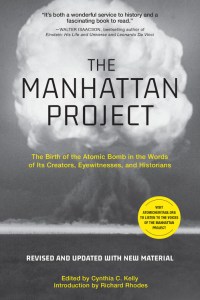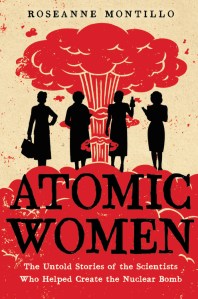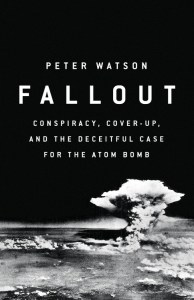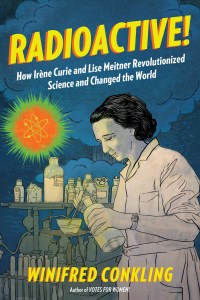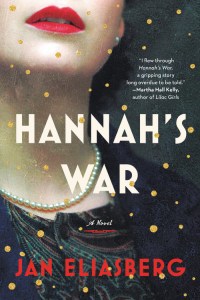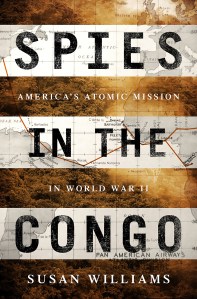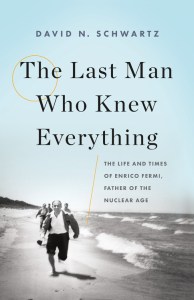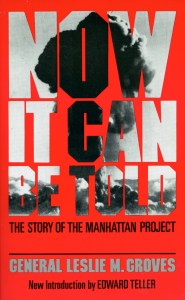History Books to Read After Watching ‘Oppenheimer’
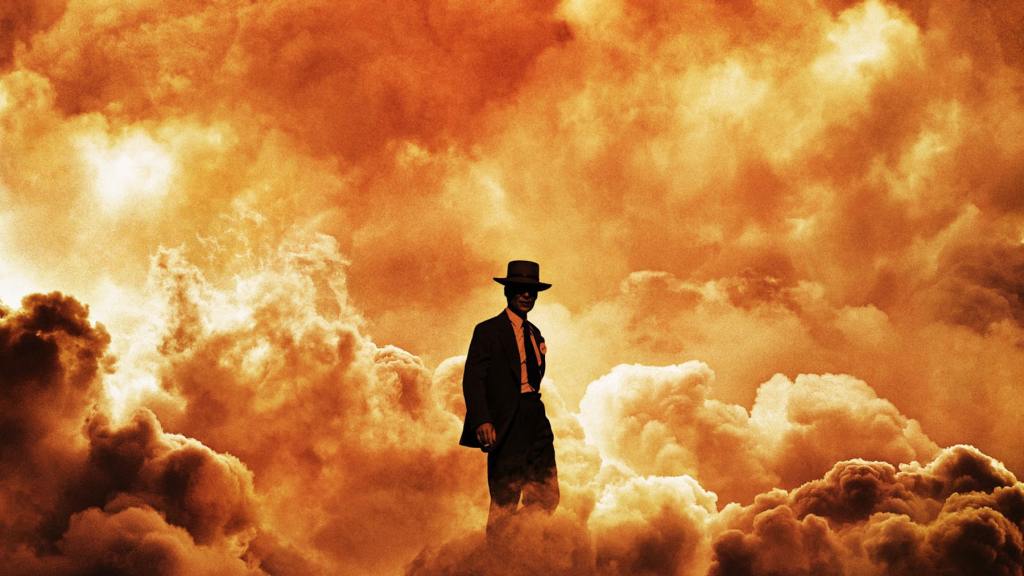
Director Christopher Nolan once again turns his lens toward history with his film, Oppenheimer, the story of the Manhattan Project through the view of theoretical physicist, J. Robert Oppenheimer as he is recruited as director of Los Alamos Laboratory in New Mexico to develop the weapon that effectively ended World War II. After you watch the film, check out these incredible books about the Manhattan Project, the birth of the atomic bomb, the history behind the splitting of the atom, what happened after the bombs were dropped in Japan and more.
The creation of the atomic bomb during World War II, codenamed the Manhattan Project, was one of the most significant and clandestine scientific undertakings of the 20th century. The program, led by physicist J. Robert Oppenheimer, forever changed the nature of war and cast a shadow over civilization. Born out of a small research program that began in 1939, the Manhattan Project would eventually employ nearly 600,000 people and cost about $2 billion ($28.5 billion in 2020) — all while operating under a shroud of complete secrecy.
This groundbreaking collection of essays, articles, documents, and excerpts from histories, biographies, plays, novels, letters, and oral histories remains the most comprehensive collection of primary source material of the atomic bomb. It includes contributions from Edward Teller, Enrico Fermi, Richard Feynman, Richard Rhodes, Neils Bohr, J. Robert Oppenheimer, Winston Churchill Franklin D. Roosevelt, and Albert Einstein, just to name a few. This newest edition of The Manhattan Project is updated with writings and reflections from the past decade and a half, including from President Barack Obama, hibakusha (survivors), and the modern-day mayors of Hiroshima and Nagasaki.
They were leaning over the edge of the unknown and afraid of what they would discover there…
Recruited from labs and universities from across the United States, and even from countries abroad, a little-known group of female scientists were invited into the secret sites of the Manhattan Project. During World War II these women worked on—and in some cases initiated—the development of the atomic bomb, taking starring roles in one of history’s most infamous scientific feats. But despite their involvement, critical to the project’s success, many of them weren’t made fully aware of the consequences.
This book explores not just the steps toward the creation of a successful nuclear bomb, but also the moral implications of such an invention—and how female scientists of the time grappled with the fallout. In an eye-opening revisionist history, this book celebrates the diversity and complexity of a watershed moment in history.
The atomic women you’ll learn about include:
- Lise Meitner and Irène Joliot-Curie (daughter of Marie Curie), who laid the groundwork for the Manhattan Project from Europe
- Elizabeth Rona, the foremost expert in plutonium, who gave rise to “Fat Man” and “Little Boy,” the bombs dropped over Japan
- Leona Woods, Elizabeth Graves, and Joan Hinton, who were inspired by European scientific ideals but carved their own paths
Perfect for…
★ Fans of Oppenheimer and Hidden Figures
★ Women in STEM
★ Readers of Elizabeth Wein, Steve Sheinkin, and Kate Quinn
★ History lovers
Fallout dismantles the conventional story of why the atom bomb was built. Peter Watson has found new documents showing that long before the Allied bomb was operational, it was clear that Germany had no atomic weapons of its own and was not likely to. The British knew this, but didn’t share their knowledge with the Americans, who in turn deceived the British about the extent to which the Soviets had penetrated their plans to build and deploy the bomb.
The dark secret was that the bomb was dropped not to decisively end the war in the Pacific but to warn off Stalin’s Russia, still in principle a military ally of the US and Britain. It did not bring a hot war to an abrupt end; instead it set up the terms for a Cold one to begin.
Moreover, none of the scientists recruited to build the bomb had any idea that the purpose of the bomb had been secretly changed and that Russian deterrence was its new objective.
Fallout vividly reveals the story of the unnecessary building of the atomic bomb, the most destructive weapon in the world, and the long-term consequences that are still playing out to this day.
In 1934, Irène Curie, working with her husband and fellow scientist, Frederic Joliot, made a discovery that would change the world: artificial radioactivity. This breakthrough allowed scientists to modify elements and create new ones by altering the structure of atoms. Curie shared a Nobel Prize with her husband for their work. But when she was nominated to the French Academy of Sciences, the academy denied her admission and voted to disqualify all women from membership. Four years later, Curie’s breakthrough led physicist Lise Meitner to a brilliant leap of understanding that unlocked the secret of nuclear fission. Meitner’s unique insight was critical to the revolution in science that led to nuclear energy and the race to build the atom bomb, yet her achievement was left unrecognized by the Nobel committee in favor of that of her male colleague.
Radioactive! presents the story of two women breaking ground in a male-dominated field, scientists still largely unknown despite their crucial contributions to cutting-edge research, in a nonfiction narrative that reads with the suspense of a thriller. Photographs and sidebars illuminate and clarify the science in the book.
Albert Einstein told President Franklin D. Roosevelt in 1939 that the world’s only supply of uniquely high-quality uranium ore — the key ingredient for bomb — could be found in the Katanga province of the Belgian Congo at the Shinkolobwe Mine. Once the US Manhattan Project was committed to developing atomic weapons for the war against Germany and Japan, the rush to procure this uranium became a top priority — one deemed “vital to the welfare of the United States.”
But covertly exporting it from Africa posed a major risk: the ore had to travel via a spy-infested Angolan port or 1,500 miles by rail through the Congo, and then be shipped by boats or Pan Am Clippers to safety in the United States. It could be poached or smuggled at any point on the orders of Nazi Germany. To combat that threat, the US Office of Strategic Services sent in a team of intrepid spies, led by Wilbur Owings “Dock” Hogue, to be America’s eyes and ears and to protect its most precious and destructive cargo.
Packed with newly discovered details from American and British archives, this is the gripping, true story of the unsung heroism of a handful of good men — and one woman — in colonial Africa who risked their lives in the fight against fascism and helped deny Hitler his atomic bomb.
In 1942, a team at the University of Chicago achieved what no one had before: a nuclear chain reaction. At the forefront of this breakthrough stood Enrico Fermi. Straddling the ages of classical physics and quantum mechanics, equally at ease with theory and experiment, Fermi truly was the last man who knew everything — at least about physics. But he was also a complex figure who was a part of both the Italian Fascist Party and the Manhattan Project, and a less-than-ideal father and husband who nevertheless remained one of history’s greatest mentors. Based on new archival material and exclusive interviews, The Last Man Who Knew Everything lays bare the enigmatic life of a colossus of twentieth century physics.
